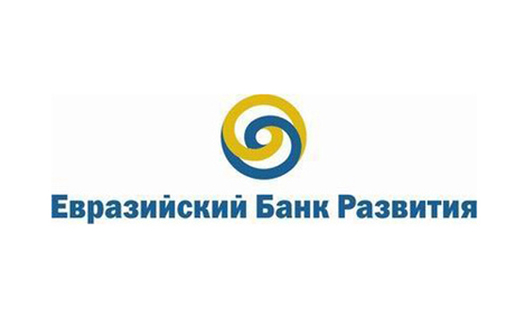YEREVAN, December 15. /ARKA/. The amount of outgoing direct investments by companies from the Eurasian Economic Union (EEU) countries grew progressively until 2013 inclusively, but now it is in stagnation. Between 2008 and 2014, FDI stock from the EEU countries in Eurasia increased by $38 billion and amounted for $71 billion. EEU companies concentrate their key FDI in European countries. These are the findings of the report EEU and Eurasia: Monitoring and Analysis of Direct Investments prepared by the Eurasian Development Bank (EDB) Centre for Integration Studies.
The report is based on unique “bottom-up” data on investment projects, which means that the authors use companies’ reports and other primary information as their sources for analysis. This enables to define more precisely the ultimate beneficiaries of investment and factor in profit reinvestments.
The EU countries are the main recipients of Russian FDI. In 2014, they accounted for almost 58% of Russian FDI stock in countries of Eurasia outside the CIS and Georgia. At the same time, Russian direct investors enhanced their presence in European countries by over 9%. The Russian capital is highly visible in Iraq, Bangladesh, Serbia, Democratic People’s Republic of Korea, Estonia, Latvia, Bosnia and Herzegovina, Bulgaria, Turkey, and Pakistan.
Oil and gas companies continue to remain leaders among Russian TNCs in terms of FDI stock in countries of Eurasia outside the CIS and Georgia. LUKOIL is the largest investor. The top ten exporters of capital also include Gazprom, Rosneft, and Zarubezhneft. Overall, in 2014 the oil and gas sector accounted for 31.6% of Russian FDI stock in the region. Other sectors, which received significant Russian FDI, are telecommunications (21%), finance (13%), and transportation (7%).
According to monitoring data, the amount of Kazakh FDI stock in countries of Eurasia outside the CIS was growing steadily and reached $5.5 billion by the end of 2014. The main destination of Kazakhstan’s FDI were the EU countries. At the same time, Kazakh FDI are highly concentrated at the sectoral level. Kazakhstan’s key sector of international specialization is oil and gas sector. As at the end of 2014, it accounted for approximately 60% of Kazakh FDI stock in countries of Eurasia outside the CIS and Georgia. The second most important sector is wholesale and retail trade (33%), followed by the finance sector (6%).
Armenian, Belarusian and Kyrgyz companies have few projects with FDI in countries of Eurasia and they are insignificant in terms of their value. The reason for this is that these EEU economies lack major companies with competitive advantages that would make it possible to break into the markets of non-CIS countries.
What about the incoming FDIs to the EEU? In the same period, the surveyed countries that invest in the EEU (Austria, the Netherlands, Turkey, China, Iran, India, Vietnam, the Republic of Korea, and Japan) increased their FDI stock in EEU countries to $82.8 billion.
Asian FDI in the EEU region continues to grow: as at the end of 2014, FDI of Turkey, China, Iran, India, Vietnam, the Republic of Korea, and Japan reached $44 billion. The most attractive sectors for them at the moment are hydrocarbon production and transportation. At the same time, significant amounts are channelled into mechanical engineering, construction, and finance. The most dynamic infusions by important Asian (as well as European) investors were into Kazakhstan’s economy. Chinese FDI in Kazakhstan increased by 4.3% and reached $23.6 billion in 2014.
EEU and Eurasia: Monitoring and Analysis of Direct Investments report covers over 930 projects. According to the EDB Centre for Integration Studies, the report will help companies to better understand the Eurasian business environment and the states to promote corporate integration in order to improve competitiveness of the national economies.
Eurasian Development Bank (EDB) is an international financial institution founded by Russia and Kazakhstan in January 2006 with the mission to facilitate the development of market economies, sustainable economic growth, and the expansion of mutual trade and other economic ties in its member states. The member states of the Bank are the Republic of Armenia, the Republic of Belarus, the Republic of Kazakhstan, the Kyrgyz Republic, the Russian Federation, and the Republic of Tajikistan.
The Centre for Integration Studies is a specialist research centre of Eurasian Development Bank. The Centre organizes research and prepares reports and recommendations on regional economic integration. -0-







